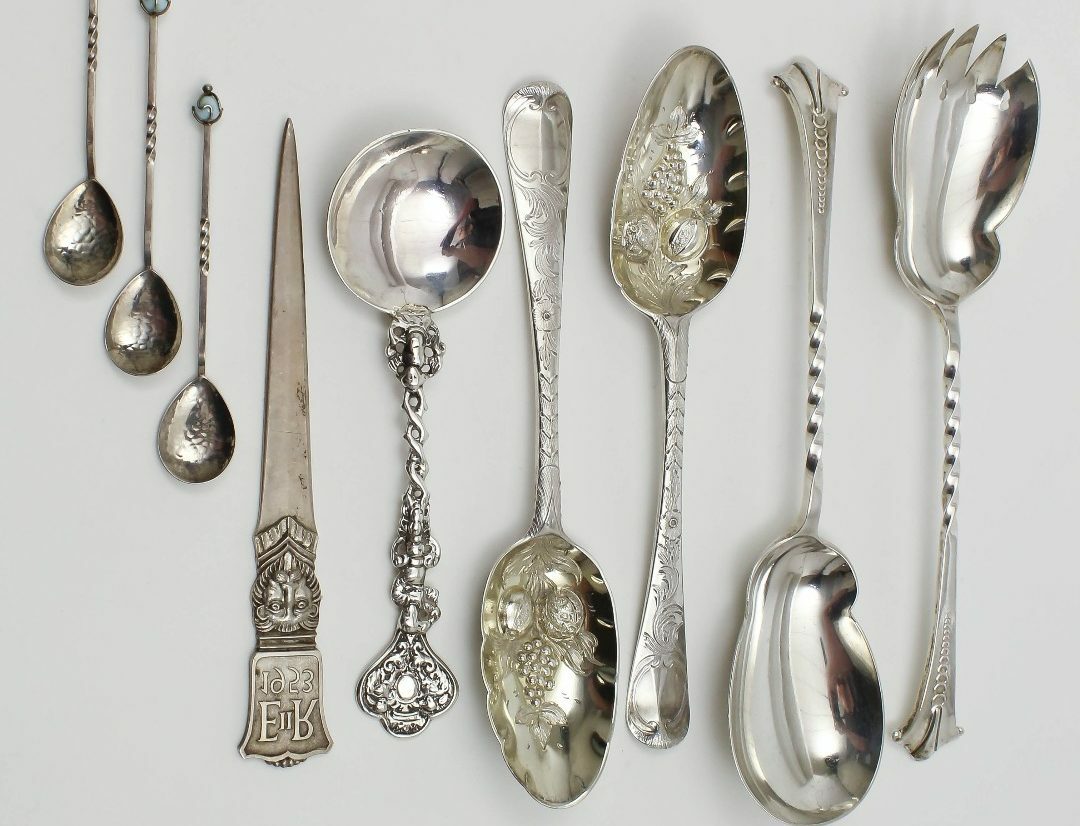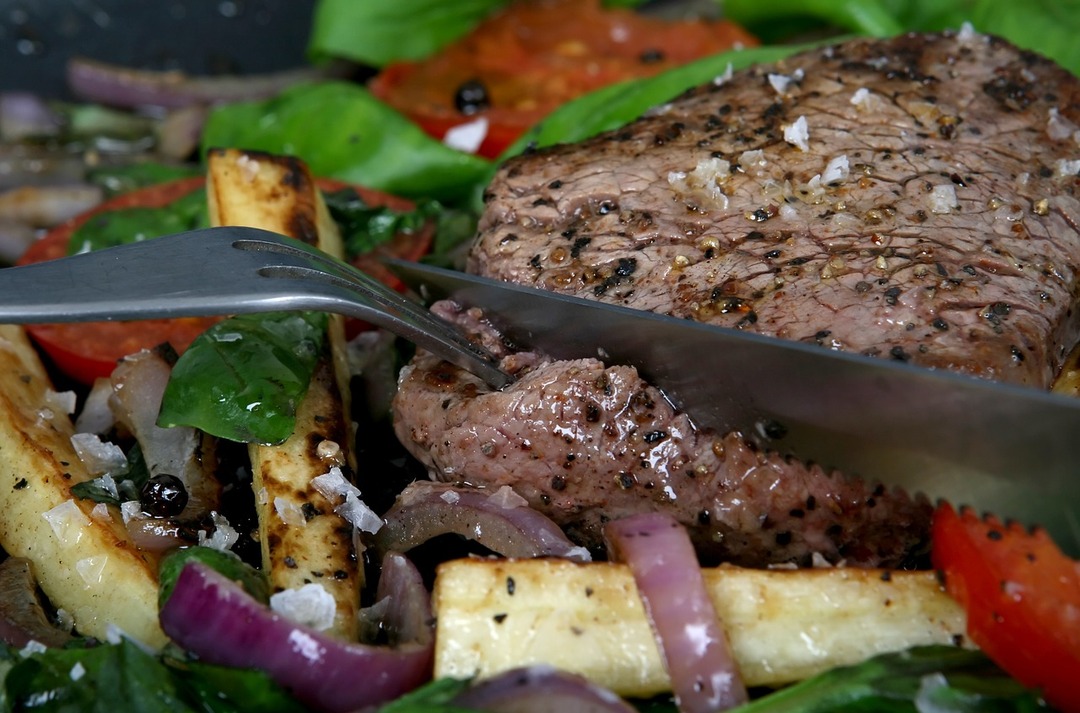We are surrounded by so many objects that we almost always take them for granted. Nevertheless, each of them has its own history, variety, and sometimes a "brother" with the same name, but with a completely different purpose. For example, a glass.
The content of the article
-
What is a glass?
- Where and how is it used
- What materials is it made of
- Where else can you find the concept of "glass"
What is a glass?
In the most general sense, it is a vessel without additional parts (handles, legs, etc.). Its shape is usually cylindrical, although specimens expanding upward are often found. This item can be different in:
- height and width;
- material;
- wall thickness;
- the degree of transparency;
- registration.
Where and how is it used
Its most common use is in everyday life, as dishes. Cold or hot drinks such as water, juice or tea are poured into it.
By the way! In Soviet times, on every train, the conductors offered hot tea, which was served in a glass glass. To protect the passenger and make the vessel more stable, it was inserted into a special stand with a handle - a cup holder.

@ time.kz
Almost every housewife who is not indifferent to cooking, as well as using multicooker has a measuring cup. It has special divisions showing the volume of a liquid or bulk product, as well as its filling by 1/4, 1/2 and 3/4.
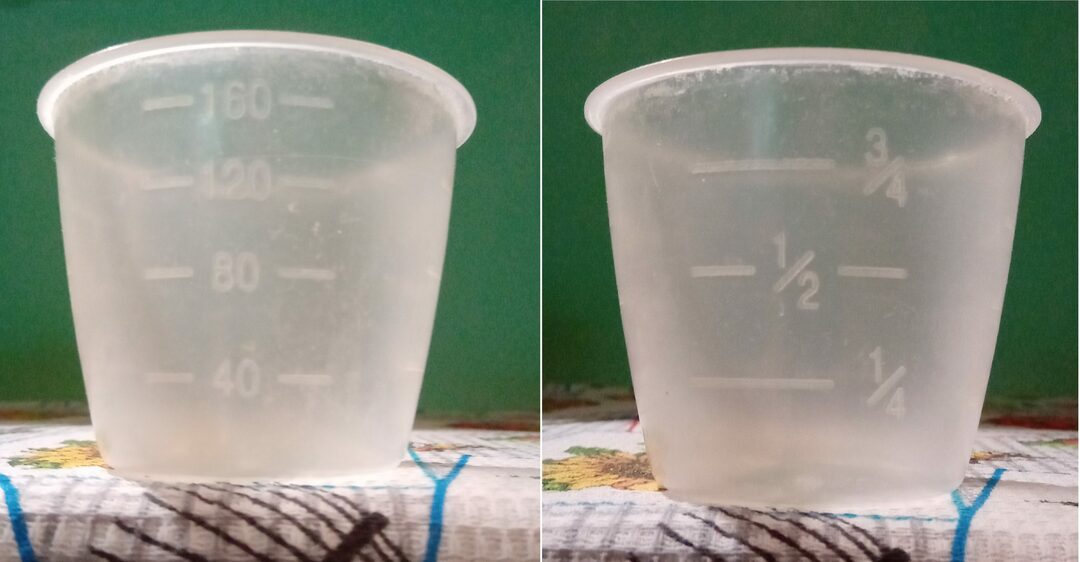
@ setafi.com
Also in everyday life you can often find a glass for office supplies: pens, pencils, rulers. Often in the bathroom there are toothbrushes and toothpaste.

@ setafi.com
In medical institutions, there are metal glasses. They are used for sterilization, disinfection and sterile storage of medical instruments and materials. These can be thermometers for measuring the temperature of patients, cotton swabs and much more.
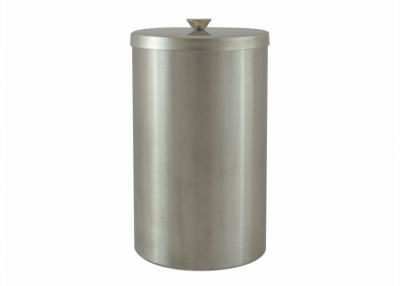
@ ooomedikon.ru
Workers in chemical laboratories use special cylindrical glasses with a flat bottom to prepare complex solutions. They are equipped with a spout for easy pouring of liquids.

@ satu.kz
What materials is it made of
The materials for the production of glasses are very diverse:
Glass is perhaps the most common raw material. Glass glasses can be seen in every home, in cafes and restaurants, in government offices. They can be smooth, faceted and corrugated, transparent or colored, with or without a pattern.

@ setafi.com
Crystal is an alloy of glass with lead or barium. Products made from it are distinguished by strength, heat resistance, transparency, characteristic brilliance and melodic ringing.

@ market.yandex.kz
Synthetic polymers. Today, plastic cups are sold on every corner and are almost always used as disposable cups. They drink from them, and also make all kinds of crafts. Many summer residents grow seedlings in them. Plastic cups are thicker and can therefore last for several years.
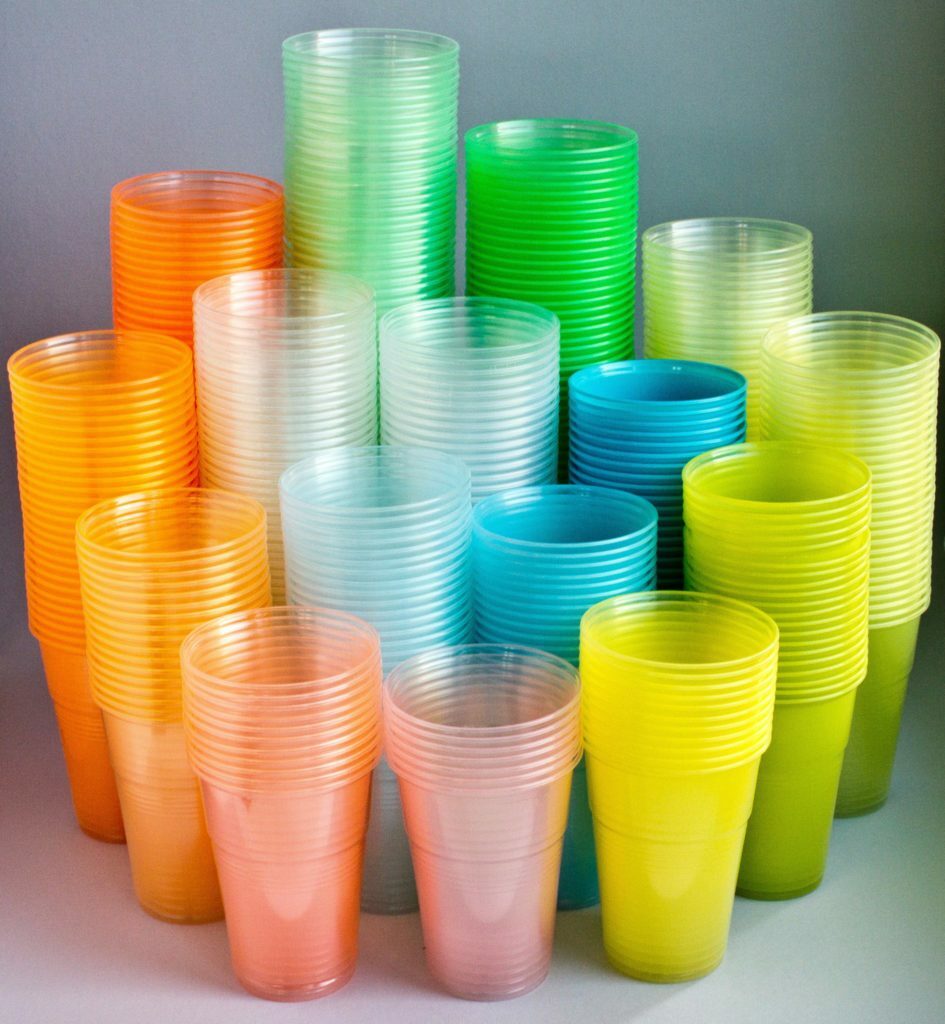
@ pbs.twimg.com
Paper (cellulose) is used for the production of disposable drinking utensils. It is more environmentally friendly and, unlike plastic, does not have a negative impact on the environment when recycled. Used in fast food outlets such as McDonald's.
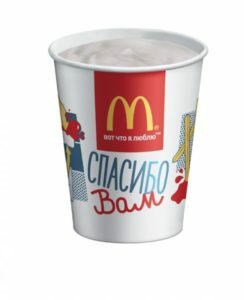
@ smspudilj.livejournal.com
Dough: make waffle cups from it. This is both a container that does not need to be thrown away later and a delicious "bonus" to ice cream.

@ yandex.by
Steel and other metals - their products are found in medicine and mechanical engineering.
Where else can you find the concept of "glass"
The glass can be a part of the body of any mechanism, for example:
- bearing;
- military projectile;
- gearboxes and more.
Brokers and traders are familiar with the term “order book”. In other words, these are the people who buy and sell securities. This is a table of bids, with the help of which you can analyze the ratio of supply and demand in the market in a specific period of time.
A glass, of course, is not only a familiar thing, but also a necessary thing. The sturdy design ensures its impeccable functionality. This, in turn, makes it possible to find application in many spheres of life. The rest of the characteristics, including aesthetic ones, depend on the manufacturer's imagination, and sometimes the desires of each specific consumer.
Subscribe to our Social Networks

